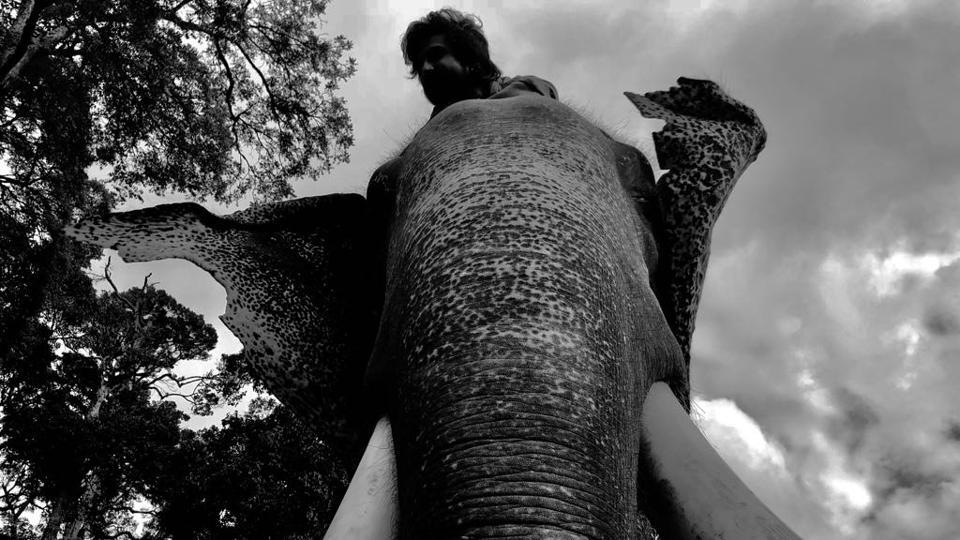It occurred to me only after I finished watching the film that Waqt could have been based in Balochistan or Peshawar or the environs around. Towards the beginning of the film, the display window of Lala Kedarnath and Sons, the shop that Lala (played by Balraj Sahni) owns, is showed proudly. The shop could have had a specific location, which is evident from its stock of carpets and dry fruits.
Firstly, carpets and dry fruits are a strange combination for one shop to sell, but it’s not unusual to find shops in certain parts of the world that have an odd mix of sports shoes and spices. However, when Lala inaugurates his big(ger) shop, the signboards and the clothing appear to be the director’s imagination of a city in what then became Pakistan. Note the Urdu words in signboards, Pashto turbans, and the earthquake in Quetta that people of a certain generation still remember.
How is all this important? Interestingly, the film begins with a celebration which is quickly marred by an earthquake and transforms into debris; like it were a lesson to Lala for his hubris; for believing that human effort alone can make life better. It is to remind him as the song says, Waqt se din aur raat.
In all of this there’s no mention of the Partition, which would have happened through the journey that the separated family makes. The latter half of the film is based in Mumbai; and the turbans and the Urdu are left behind. The cataclysmic event in the memory of the film and by extension, ours, is not Partition but the earthquake.
The devastation of the earthquake is not dissimilar to the one at the end of the 1961 film Dharmputra, which is shown through the song Yeh kis ka lahu hai kaun mara. Penned in both cases by Sahir Ludhianvi, the metaphors of devastation and human frailty are a common theme in both songs.
This, by itself, is not an original insight; it has been documented by Bhaskar Sarkar in his book Mourning the Nation. Sarkar demonstrates the silence, metaphors, mourning and loss around Partition in cinema in very persuasive ways.
However, the use of the word waqt to denote what could have been either a natural or political calamity interests me. I have previously drawn attention in this column to the fact that in Urdu, waqt does not only mean time; it also means destiny, occasion, opportunity, fate and other things. What we learn from the film is how human will isn’t insurmountable; it is in fact a slave to this sense of ‘time’ or waqt, which are commensurable in meaning. In conceding to a bad waqt, we absolve the actors that brought us to this time; to this particular calamity and do not disentangle what is man-made from what is the inexplicable force of time.
This question has severe resonances for our own times. We ‘know’ cognitively that the spread of Covid-19 could not have been stopped; but the State’s inattention to medical infrastructure or the sheer cruelty and abdication by the state custodians could have been avoided.
While this cognition is important to hold and to make the State accountable, I find the grieving ones of a certain generation once again retreating into waqt as an explanation of our times. In the process, are we also likely to forget a few years later how what befell millions in this country was man-made, historical, or is it likely to get subsumed by a narrative in which destruction and death happened, without anyone being responsible for it?



